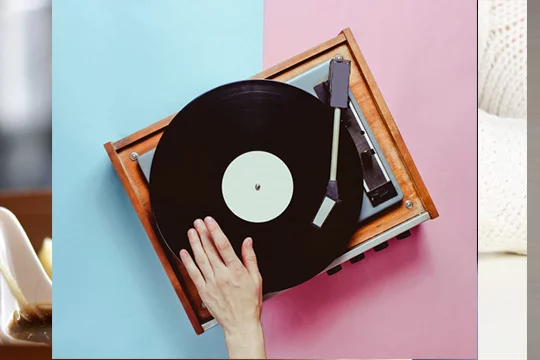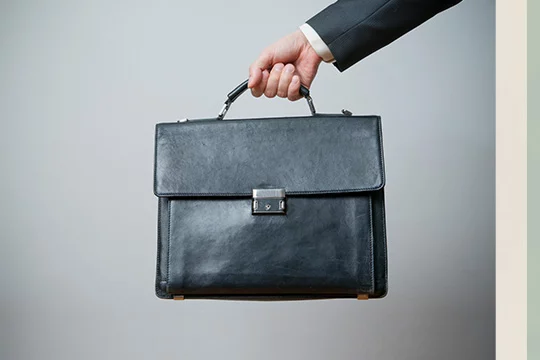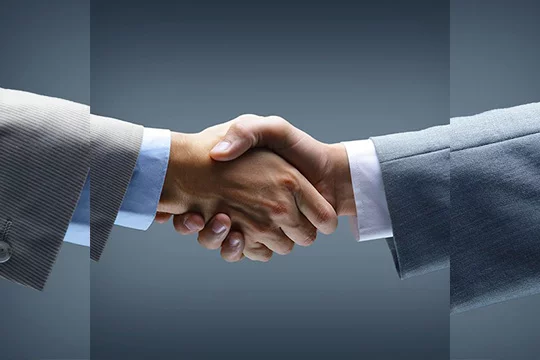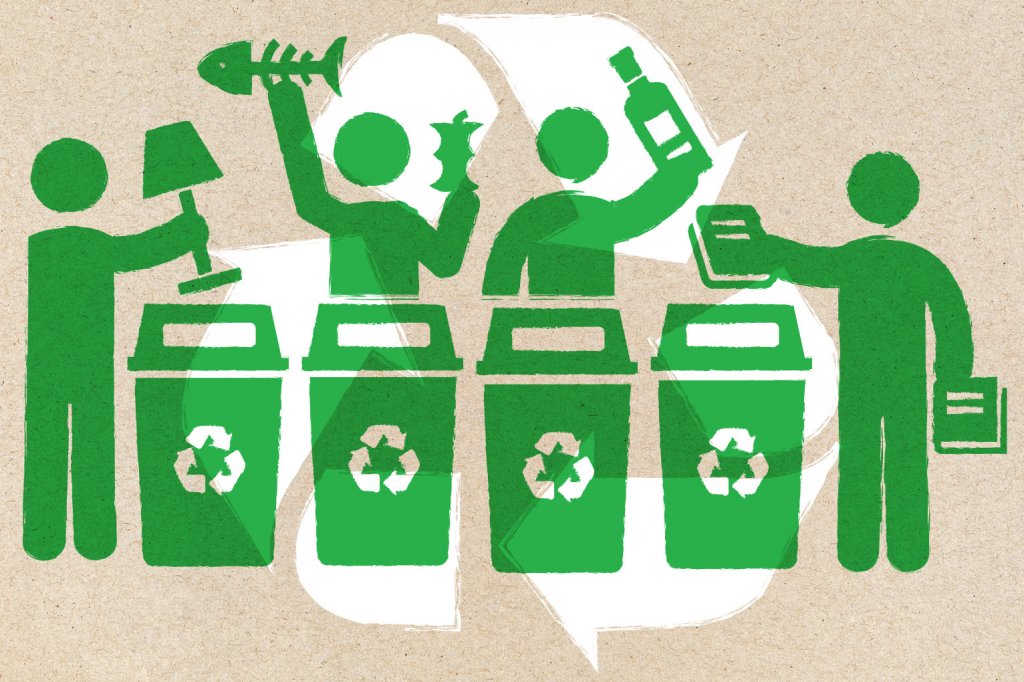Waste management, so hot right now. The government is promoting it almost as much as traffic controls. In just the last year, garbage cans have gotten a makeover, with better, easier-to-understand graphics; some buses, like the sleek new 71, have gotten recycle bins; and large fines are being given to waste disposal companies that mix sorted garbage. Plus Singles’ Day, which generates record quantities of trash in the form of postal packaging, is right around the corner. We may have never demanded grocers like Hema and CitySuper start wrapping everything in fifty layers of plastic, but that’s the world we are in, and now it’s our responsibility to recycle that waste to keep the city clean. Idealistic, sometimes. Necessary, definitely. It’s the way our city is headed. Much of the world is already there. But how to do it in Shanghai, where we are in a period of transition from informal recycling (the guys on tricycles) to formal recycling (done by The Man)? Here, by category, is how.

FOOD WASTE
Goes in the Wet Garbage (湿垃圾) bin. Most biodegradable food waste belongs here, except things that are hard to break down, like big bones and coconut shells, which go in the Dry Garbage (干垃圾) bin. Remember to remove the plastic from anything you put in these bins. Compost! Yes, you can compost in Shanghai. A number of compounds in Shanghai have started a compost pilot program. If you’re not living in one of them, you can do it at home. Zero Waste Shanghai offers composting workshops for families and small groups who want to learn.

PLASTIC BOTTLES & CONTAINERS
Learn these characters: “可回收物”. Recyclable. This is where your plastic bottles and containers go, unless they are dirty and can’t be cleaned, in which case, they go in the Dry Garbage (干垃圾) bin. Pour out the liquid before you throw your drink bottles or food containers away. Rinse them with water and squash them. You’re doing the sanitation workers a huge favor by reducing the size and weight, and giving them a bit of dignity. Recycle through the private waste collectors (guys on trikes) and cleaning ladies at your compound. However, see below for some caveats about this method. Cosmetic brands such as Kiehl's, Origins, M.A.C, Shiseido, and Innisfree can take your returned containers and reward you with small samples and membership points.

GLASS BOTTLES & CONTAINERS
Put them in the 可回收物 bin. Same with plastic ones. Private waste collectors usually refuse to take glass bottles because they are difficult to transport.
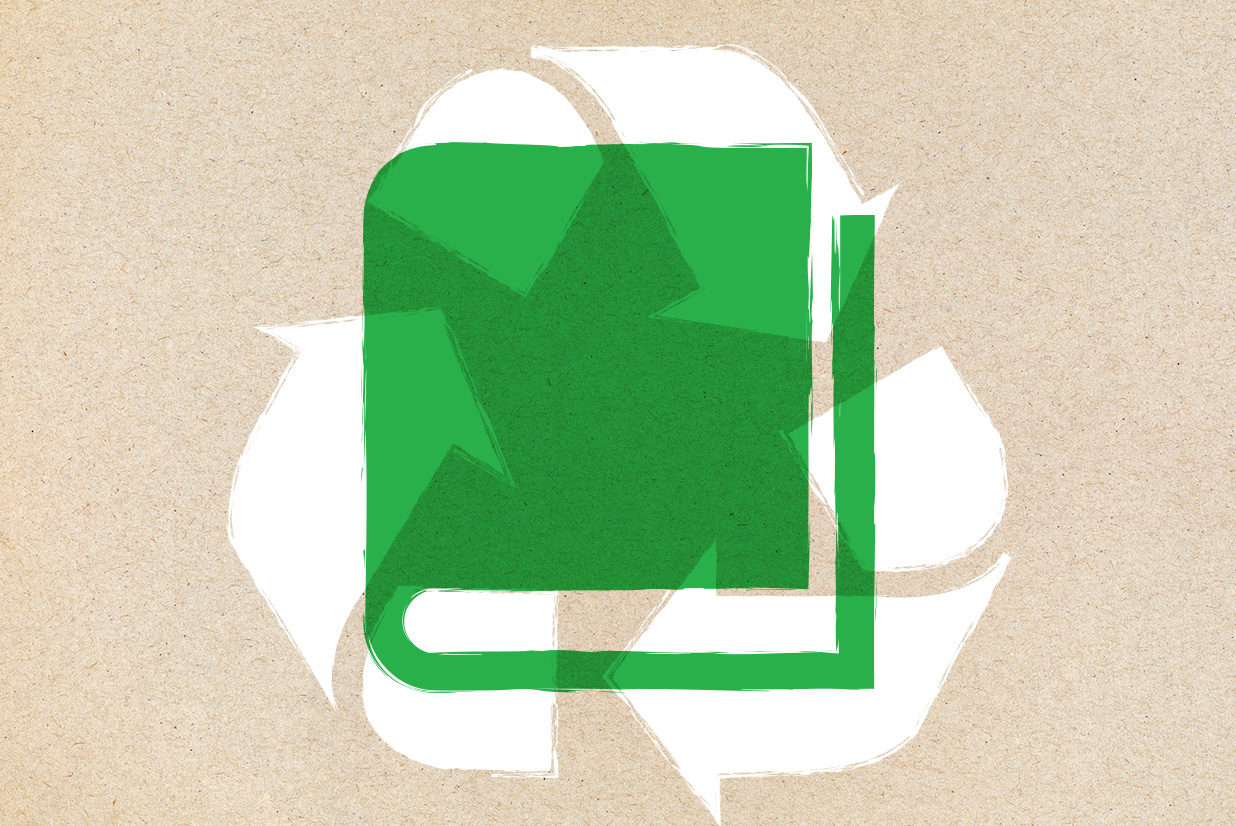
MAGAZINES, BOOKS & CARDBOARD
Put them in the 可回收物 bin. Recycle through the private waste collectors and cleaning ladies at your compound. For books, Duozhuayu (多抓鱼) is great for selling and buying second-hand books. Funded by Tencent, Duozhuayu has a system that verifies and estimates the prices of your books, and they will collect the books from you free of charge.

CLOTHES
可回收物. You are learning. Take them back to the store, or take them to H&M. Clothing shops Uniqlo, H&M, and Zara all provide recycling services for used clothes from their own shops; H&M even accepts clothes from other brands. Social enterprise Feimayi (飞蚂蚁) is at the forefront of online textile recycling in China and provides a free collection service for more than five kg of clothes. Also funded by Tencent, like Duozhuayu, it’s accessible via desktop and WeChat mini-program. Find the QR codes by scrolling down on their website. Basic Chinese is needed to navigate the app and fill out the form.

BATTERIES, PAINT CANS and OTHER HAZARDOUS MATERIALS
Find a Hazardous Waste (有害垃圾) bin, if you can. In newer residential areas, they are usually right next to the other bins, in red or with a red label. If you don’t have one in your neighborhood, talk to your local neighborhood management about options for disposal. That’s kind of mafan but it’s life in late 2018. Public garbage bins. Many streetside garbage bins have a hole in the middle for batteries and CDs. Remember those? From when music came on a shiny, silver disc.
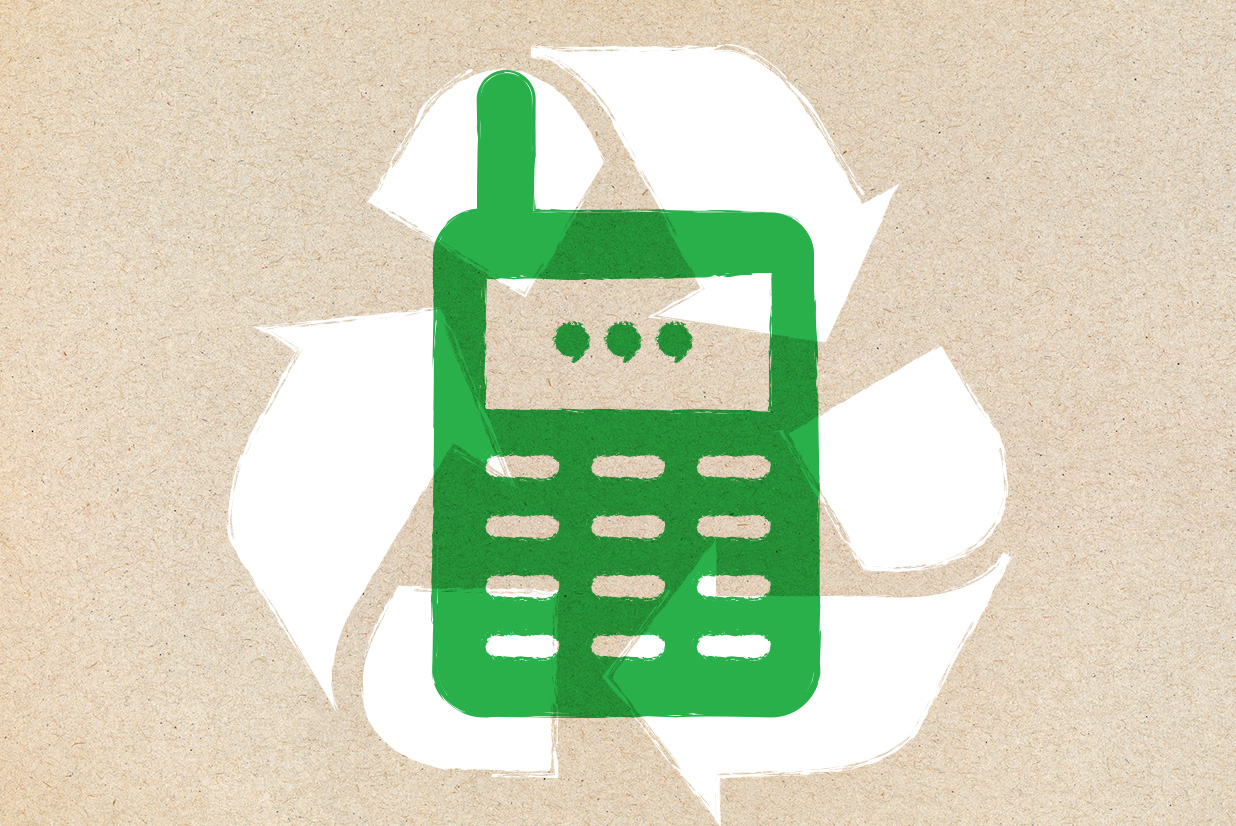
OLD APPLIANCES
If they are small enough: 可回收物 Aihuishou (爱回收) is China’s largest platform for recycling and selling second-hand electronics. They have offline stores in shopping malls throughout the city, including at Cloud Nine in Zhongshan Park and Hubindao in the Xintiandi area. Xianyu (闲鱼) is Taobao’s second-hand marketplace. Although not desktop-friendly, you can sell almost anything there. The platform is super active due to its sheer size. If you don’t read Chinese, there is an amazing, incredible, wonderfully efficient and hugely profitable Buy & Sell section right here.
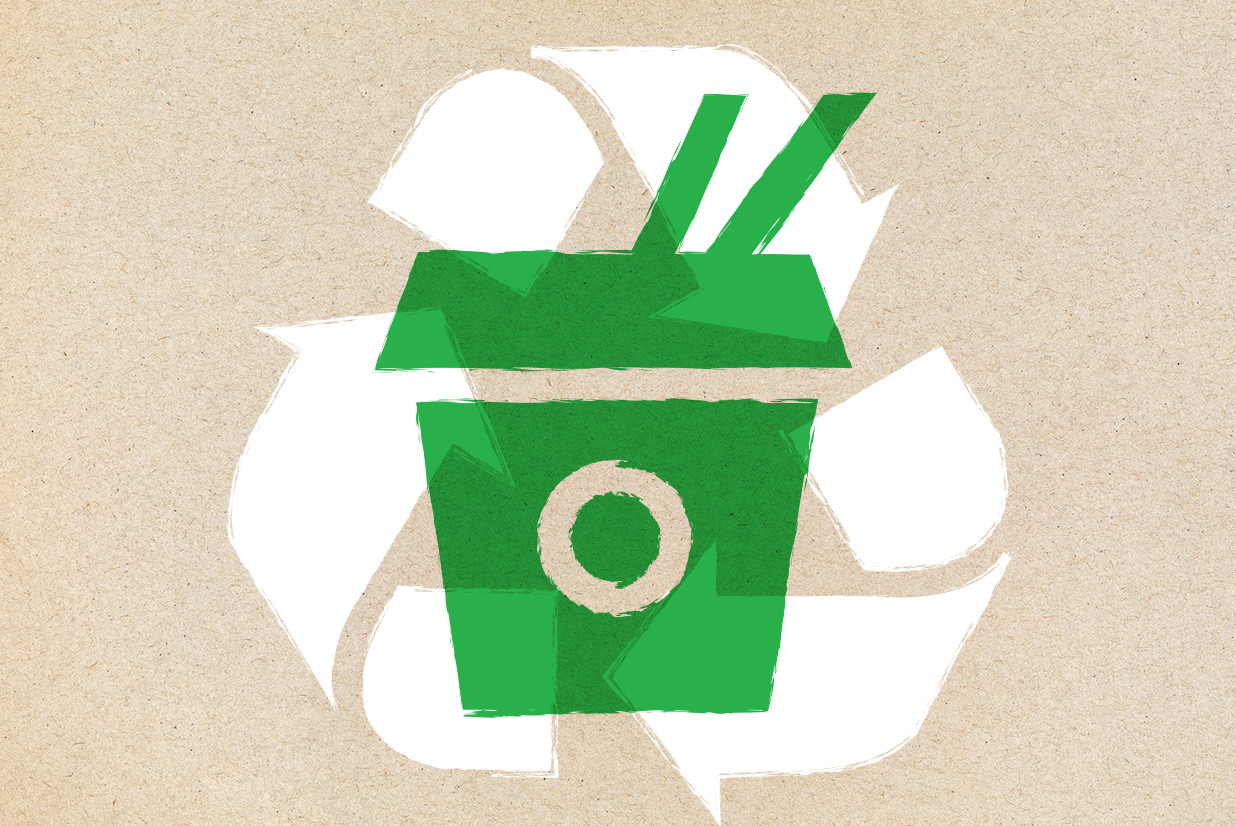
WHAT ABOUT TAKE-OUT OR DELIVERY FOOD PACKAGING?
There are four steps to recycling takeout food containers, which is maybe why a lot of people don’t bother. But you should. First, separate the clean paper/plastics and dirty containers. Leftover food → Wet Garbage Bin (湿垃圾) bin; dirty containers → Dry Garbage (干垃圾) bin; Clean bags → Recyclable (可回收物) bin. Waimai containers are incredibly hard to recycle. Even the paper-based ones. These containers are often lined with polyethylene and tainted by food residue, so they are very unpopular among garbage collectors -- it’s not worth their effort to wash them or separate the liners. The same goes for disposable coffee cups. This is a problem.

WHAT ELSE
Green Initiatives offers transparent waste management for e-waste, paper, and textile waste. They also have recycling bins at URBN hotel, Element Fresh, and many other private and public collection points around Shanghai. For on-door pick up, Feibao, a social enterprise that works with Green Iniatitives offers recycle service through WeChat.

WHERE DOES IT GO?
Food waste accounts for more than 50% of Shanghai’s total household waste. In the current system, a wet waste truck from the environment and sanitation department picks it up, then transports it to a waste incineration plant, most likely the Laogang Solid Waste Management Facility, which processes 70% of Shanghai’s household waste. At Laogang, the waste is either burned to generate electricity (Laogang is up to European standards in this regard), fermented into biogas or turned into fertilizer. In urban areas, dirty tissues, papers, plastics, diapers, wet wipes, and stuff in the Dry Garbage bin are compressed at transfer centers, and then sent to incineration plants and landfills in Laogang and Jiangqiao; some is turned into energy. The government has set a “zero landfill” goal for 2020. That’s one year away. It’s an ambitious target. Clothing is tricky. Though there are large panda-shaped bins for clothing, we don’t recommend them, as they are not actually affiliated with the government. The truth is most clothing donations will end up in the landfill and incineration plants, with only 3% is accepted by the charities.

THE GUYS ON TRICYCLES
Depending on the material, recyclable waste in the bins is transported to specialized recycling facilities. Private waste collectors – the guys on tricycles you see cruising around town -- are part of the informal waste recycling system. That is a whole other topic that academics study and city planners try to solve. You have noticed less of those guys on the streets if you’ve been here for some time. That is intentional. The city is phasing them out and/or incorporating them into the formal waste management plan, but obviously they still exist and there is still a need for them. They continue to eke out livings on the thinnest of margins, earning somewhere close to 100rmb per tricycle of cardboard (more for copper and Styrofoam, less for wood). From a pure sustainability point of view, it’s best to take a lightly skeptical approach to them. They exist in the gray area of the recycling world and it’s unclear how well their goods are recycled. On the other hand, they have a financial interest in seeing the waste recycled. After all, no one is buying it just to bury it in the ground. For a fascinating and comprehensive look at how this system works in Shanghai, read this 2017 report by Core Responsibility (PDF).


